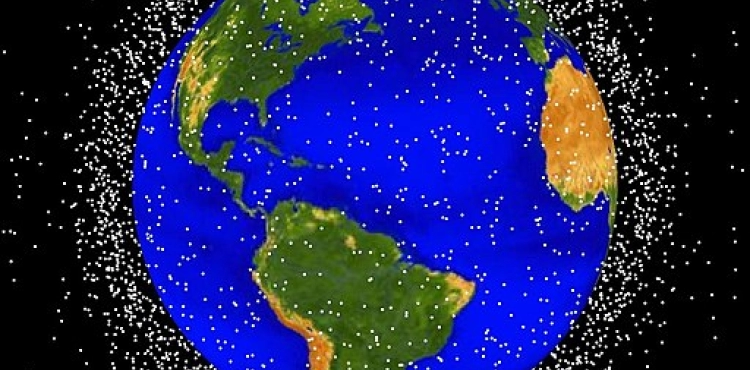Scientists have discovered a way to monitor space debris that threatens active satellites in broad daylight, which may facilitate space observation, according to a recent study published in the results of the journal Nature Communications.
Nearly 9,000 satellites have been in orbit since 1957 and about 23,000 objects larger than ten centimeters, according to US military data, are all orbiting the Earth at a speed of more than 20,000 km per hour. At this speed, any collision can destroy the satellite and leave more debris.
This debris comes especially from scattered pieces of missiles, in addition to two events: the destruction by China of one of its satellites with a missile in 2007, and a collision between a Russian military satellite and a communications satellite in 2009. The problem is likely to worsen as launch operations will increase to place objects into orbit.
Since ground-based optical observation stations, space debris can be monitored by laser telemetry. However, this technique is only valid for a few hours at dusk, when the observation station on Earth is sunk in darkness, but the debris remains under the light due to sunlight.
A team of researchers in Austria announced that it had succeeded in expanding this surveillance area by using a telescope, a monitoring device and a filter to increase the contrast between objects and the sky.
The study indicated that this new technology, which is still in the experimental stage, will provide the possibility to monitor space debris for 22 hours per day, compared to six hours now.
One of the authors of the study, Michael Steindorfer from the Institute for Space Research at the Austrian Academy of Sciences, told AFP that this would "contribute significantly to future missions to remove space debris or improve orbital forecasts in the event of a collision warning."












